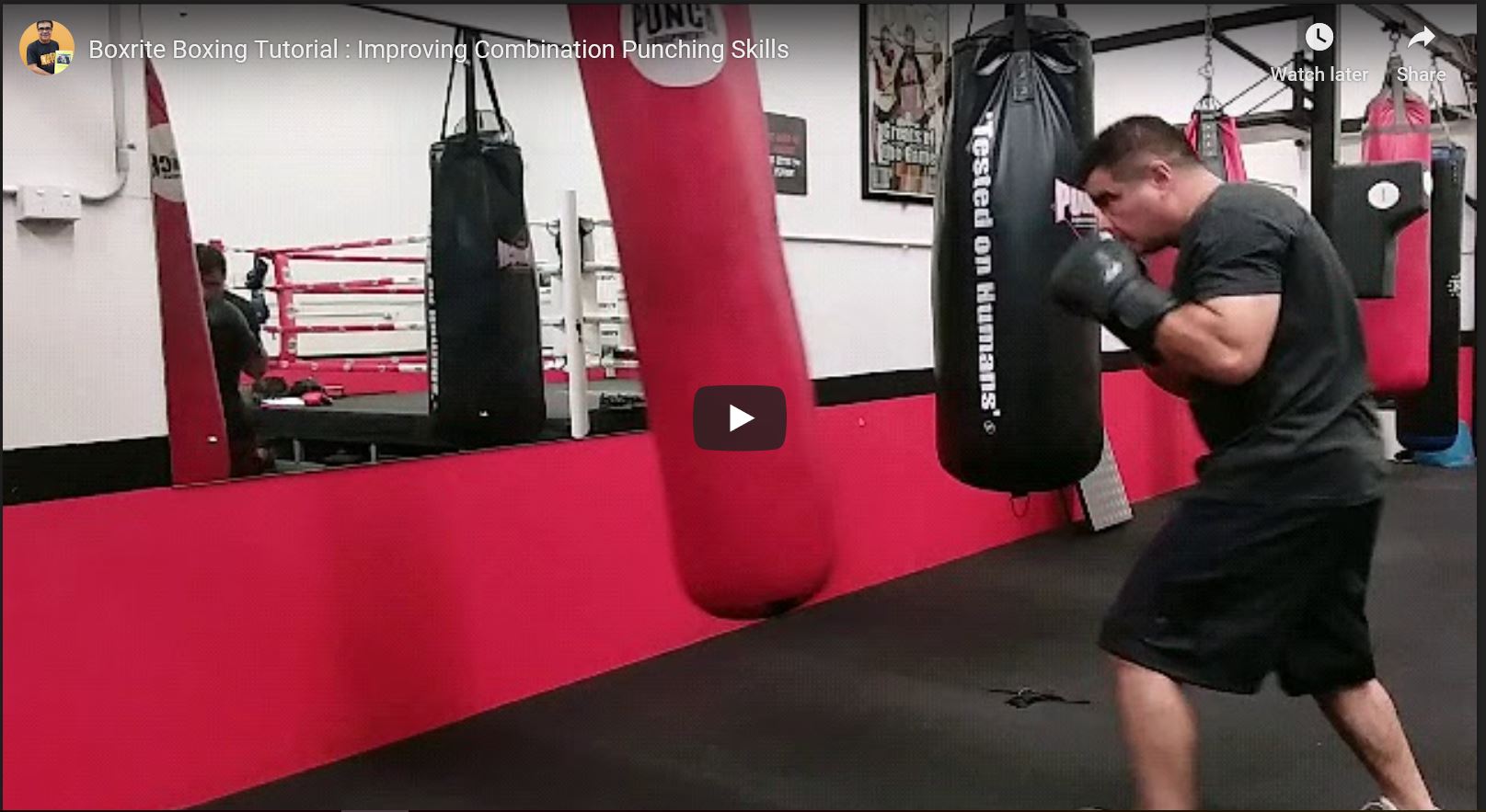
Being a boxing coach watching many rounds of sparring and bouts, I notice boxers place
emphasis on scoring with single power punches to knockout an opponent. This is fine if an
opponent offers little resistance and is easily hit. But if an opponent had decent ring skills, this
would will fatigue a boxer over several rounds becoming vulnerable to counterattacks, resulting
from being off balance, and out of position eventually losing the bout.
A boxing judge will score a round to the busier boxer with clean effective combination punches,
as this is perceived as dominating the round.
Footwork and balance are important for executing combination punches. Both, at long and
short (close) range:
- Long range combinations relies on power due to the power generated from the full turn of
- the hips when delivering the cross and long lead hook transferring bodyweight from one foot
- to the other.
- Short (close) range combinations are quick punches delivered close proximity to opponent
- ‘in the pocket’. Stance is more square on to opponent with knees bent to lower centre of
- gravity, reducing the effect of an opponent’s punches as bent knees has a shock absorbing
- effect along with being a smaller compact target as the gloves are tucked into the cheek
- area and elbows protecting the ribs.
- Gloves should be positioned between opponent’s gloves, so punches have less distance to
travel to score. Short range punches are fast and sharp due to the shorter distance to
target. The slight turn of upper body engages the hips for leverage when scoring with
uppercuts and hooks.
- Change levels when punching, reducing the chance of being predictable and being caught by
an opponent’s counterpunch. Attack the body, then switch to the head, and then back down
to body.
- To improve in the development of combination punching skills, practice focus mitt drills with
your coach or training partner. Start slowly to feel confident with foot positioning and weight
distribution enabling to punch the focus mitts without being off balance.
- Training with both the light and heavy punching bags will develop overall boxing skills. The
light punching bag training will focus on improving footwork and positioning for long range
combinations along with effectively closing distance for short range combinations. Heavy
bag training will not only improve technique but also endurance and power when working on
body punches.
- Include the floor to ceiling ball (double end bag) as part of your workout to develop and
improve foot positioning, hand to eye coordination, timing and hand speed. This piece of
boxing is realistic as an opponent’s head will move in evasively similar to the movement of a
floor to ceiling ball. If a punch misses the ball follow up immediately with another punch,
instead of pausing and stopping the ball from moving to start again as a sparring partner or
opponent will not offer this luxury.